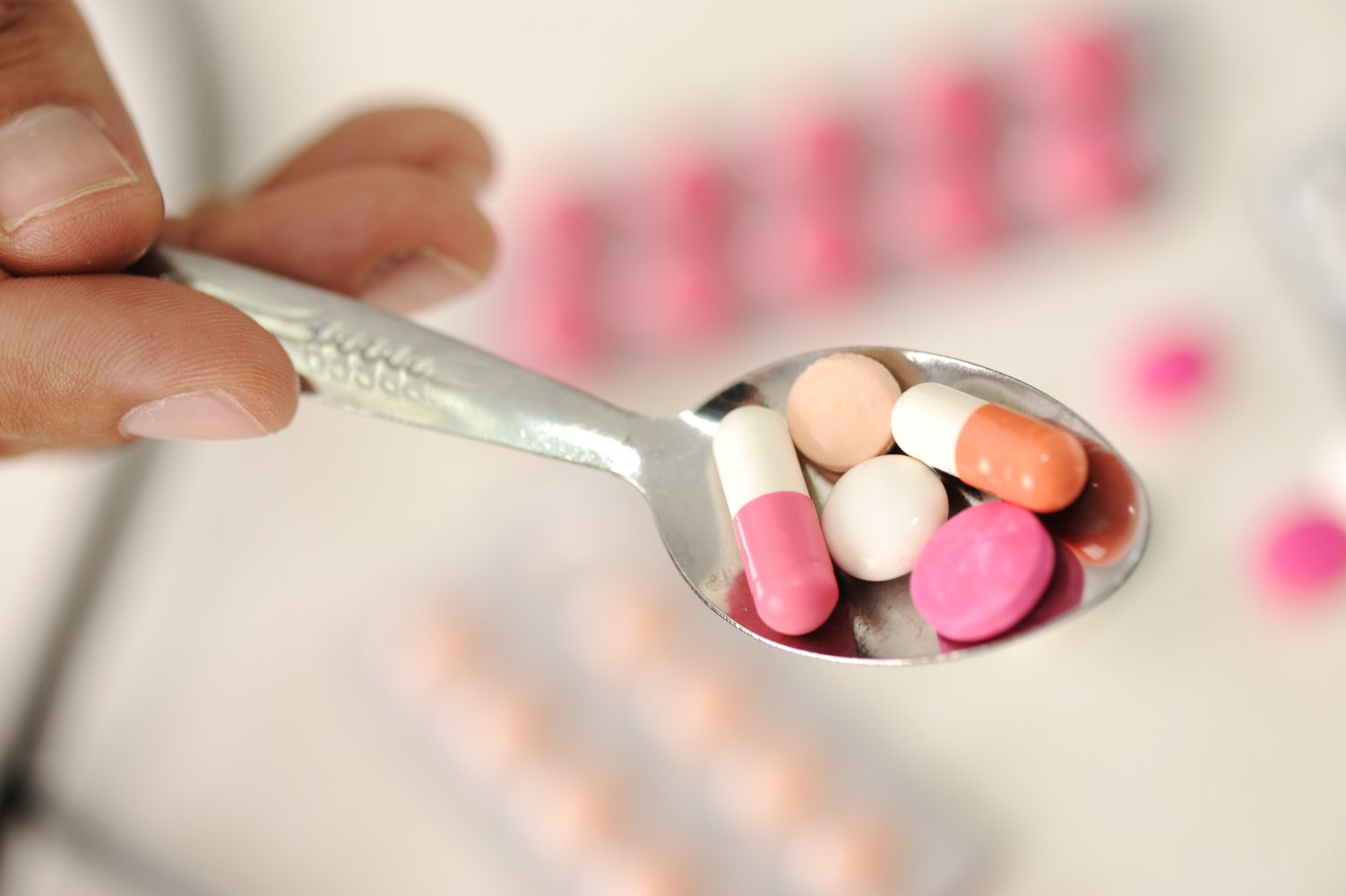- April 26, 2025

Worldwide demand for medicines is increasing. The largest demand is generated by rich countries with a high level of health care, but the growth rate is also higher in emerging markets such as India, China, Indonesia and Brazil. According to IMS Health, in the coming years the market will grow by 4-7 per cent annually, to reach the value of 1.4 trillion dollars in 2020. The new drugs are mainly intended to combat cancer and rare diseases.
- An important factor in the growth of the pharmaceutical market in the coming years is the increased consumption of medicines - explains Katarzyna Leoszkiewicz from IMS Health, a company analyzing the market, in an interview with an information agency Newseria Biznes. - Consumption of medicines plays a major role in countries of dynamic growth in health care systems, where patient access to medicines is extended.
According to a report by IMS Health, the global pharmaceutical market will grow at a rate of 4-7 per cent annually in the next four years. In 2020 its value should amount to 1.4 trillion dollars. This means a cumulative increase in volume by 24% compared to 2015, which translates into nearly 350 billion dollars of additional revenue.
- In four years' time more than a half of the population will consume more than one average, standard dose of the drug every day - convinces Katarzyna Leoszkiewicz. - In 2005 it was not even half, but about one third of the population. We can therefore see how large the scale of growth in pharmaceutical consumption will be.
The increase in expenditure on medicines will be generated primarily by developed countries, where the focus is on the development of specialised medicines and innovation.
- This will be the part that will become the engine of growth in the global drug market," predicts Katarzyna Leoszkiewicz.
Due to the development of innovative, and therefore more expensive drugs and solutions associated with higher business risk, the price of pharmaceuticals, especially in developed markets, will grow the fastest. On the markets of the so-called dynamic growth (India, China, Indonesia and Brazil, among others), which in 2020 are to generate about 63% of sales, patients should have more and more access to medicines, but more often generic (local, cheap substitutes for original substances).

The supply of pharmaceuticals will also grow. According to the authors of the study, around 225 new active substances will be placed on the market by 2020. By 2015, only 182 molecules were allowed to be sold in the five-year period ending at that time.
- These will be very innovative medicines, quite specialized and mostly used in cancer diseases - says Katarzyna Leoszkiewicz. - More than 90% of the substances used in this type of disease will be so-called targeted therapies, targeted at a specific type of cancer.
Due to the wider use of new, more expensive therapies, the average price per standard dose (SU) will increase in developed markets, especially in the United States. The dynamics of this progress will be affected by the expiry of patent protection. This is expected to reduce the value of developed markets by 178 billion dollars, of which 41 billion dollars will result from the increased use of biosimilars.
- It seems that the development of specialist preparations will dominate, therefore new pharmaceuticals should be expected for oncological diseases, as well as orphanages, which so far have been neglected in this respect - predicts Katarzyna Leoszkiewicz. - In the next five years, they also seem to be a factor that will influence the growth of the global drug market.
According to the authors of the report, 943 active substances introduced to the market in the previous 25 years (1996-2020) will be available in 2020, of which 470 molecules will be used to treat orphan diseases. It is expected that global spending on this type of pharmaceutics will account for 1-2% of the entire market, and in the most developed countries - such as the United States - even 10%.